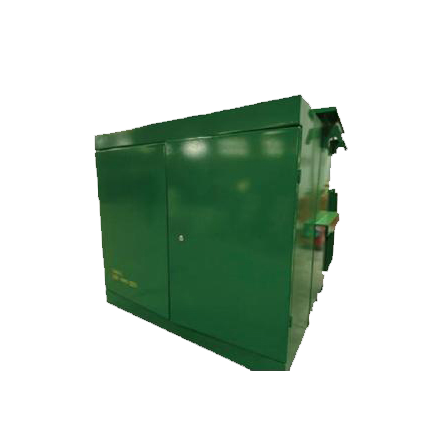Best Practices for the Disposal of Chemical Waste and Empty Containers
2 min readProper disposal of chemical waste and empty containers is crucial for maintaining environmental sustainability and ensuring the safety of individuals and communities. In this blog post, we will explore the best practices for disposing of chemical waste and empty containers, taking into account the guidelines set by regulatory bodies and the latest advancements in waste management techniques.
- Understanding Chemical Waste:
Before delving into the disposal methods, it is essential to understand what constitutes chemical waste. Chemical waste refers to any material that is no longer needed or has become hazardous due to its chemical properties. This includes expired or unused chemicals, contaminated solutions, and by-products generated during manufacturing processes. - Segregation and Labeling:
To facilitate proper disposal, it is crucial to segregate chemical waste based on its properties. This ensures that incompatible substances do not mix, reducing the risk of accidents or chemical reactions. Additionally, labeling each container with the appropriate information, such as the chemical name, hazard symbols, and date of generation, helps in identifying and handling the waste correctly. - Recycling and Reuse:
Whenever possible, recycling and reusing chemical waste should be prioritized. Many chemicals can be reclaimed or repurposed through appropriate treatment methods. This not only reduces the environmental impact but also minimizes the need for new production, saving resources and costs. Collaborating with specialized recycling facilities or exploring exchange programs with other organizations can facilitate the recycling and reuse of chemical waste. - Treatment and Neutralization:
For chemical waste that cannot be recycled or reused, treatment and neutralization methods should be employed. These processes aim to render the waste less harmful or inert before disposal. Techniques such as chemical oxidation, reduction, or precipitation can be used to neutralize hazardous components. It is crucial to follow specific guidelines and regulations while performing these treatments to ensure their effectiveness and safety. - Incineration and Landfill Disposal:
When all other options have been exhausted, incineration and landfill disposal become necessary. Incineration involves controlled burning of the waste at high temperatures, reducing it to ash and gases. This method is suitable for certain types of chemical waste, but it requires specialized facilities and careful monitoring to prevent air pollution. Landfill disposal, on the other hand, involves burying the waste in designated areas. However, this should be the last resort, as it can pose long-term environmental risks if not managed properly.
Conclusion:
Proper disposal of chemical waste and empty containers is a responsibility that should not be taken lightly. By following the best practices outlined above, individuals and organizations can contribute to a safer and more sustainable environment. Remember, always consult local regulations and seek professional advice when dealing with chemical waste to ensure compliance and minimize potential risks.

